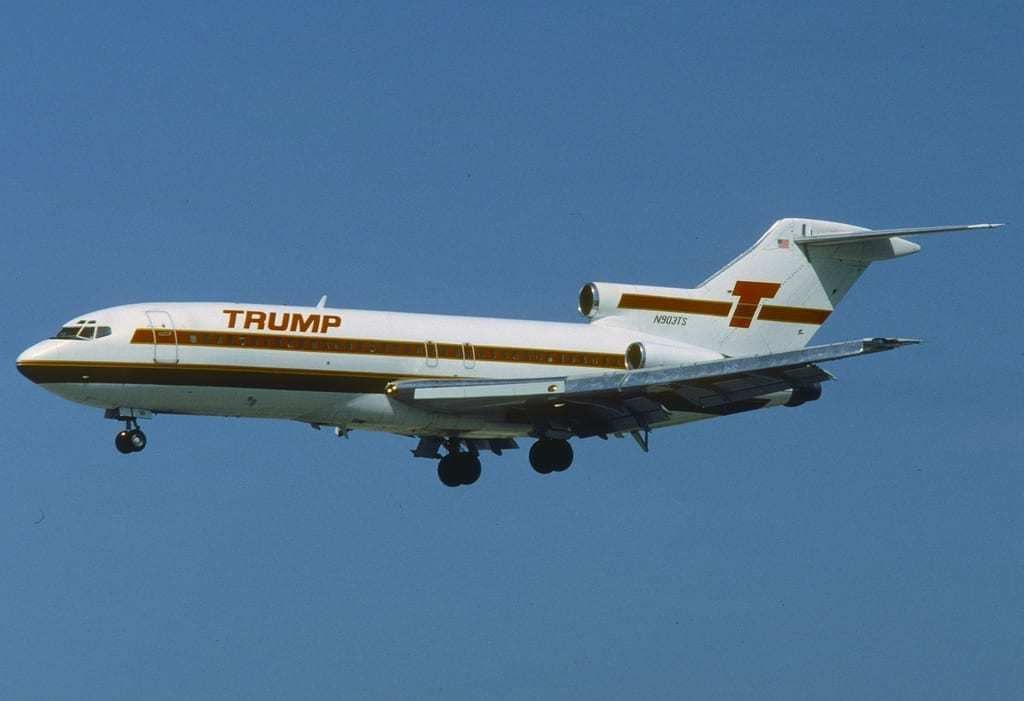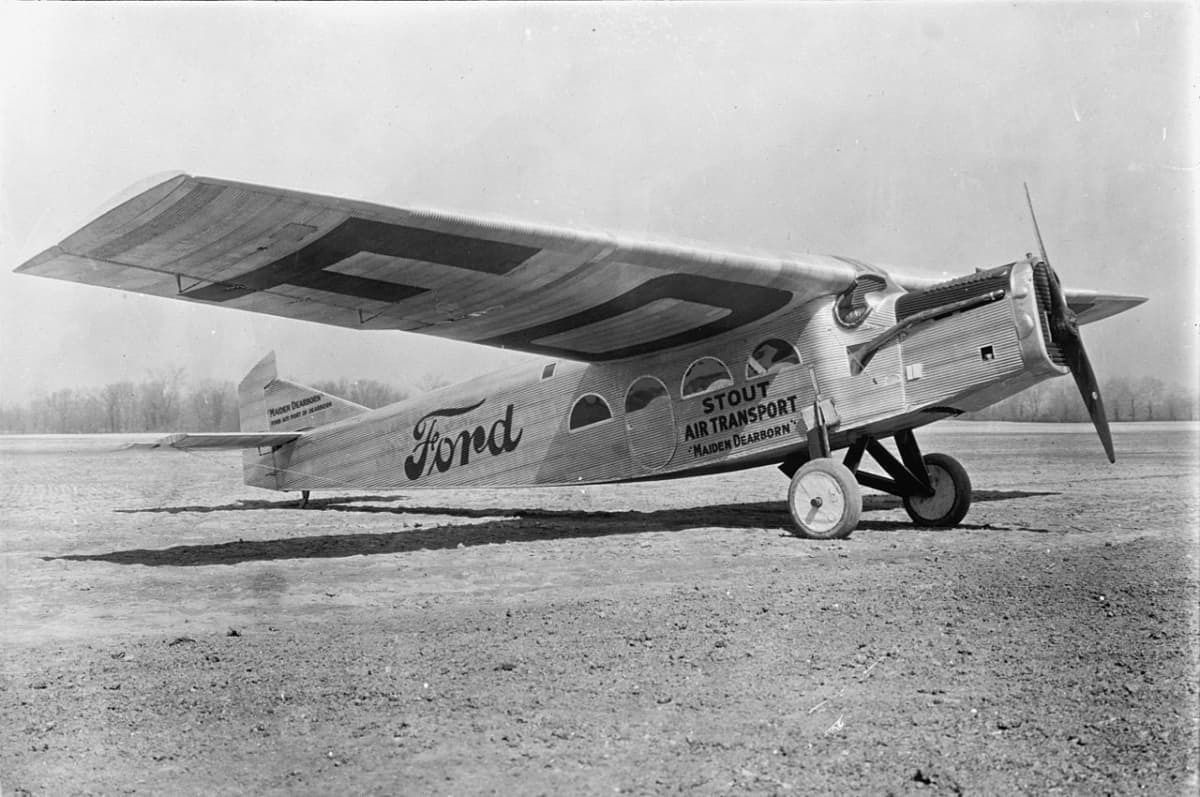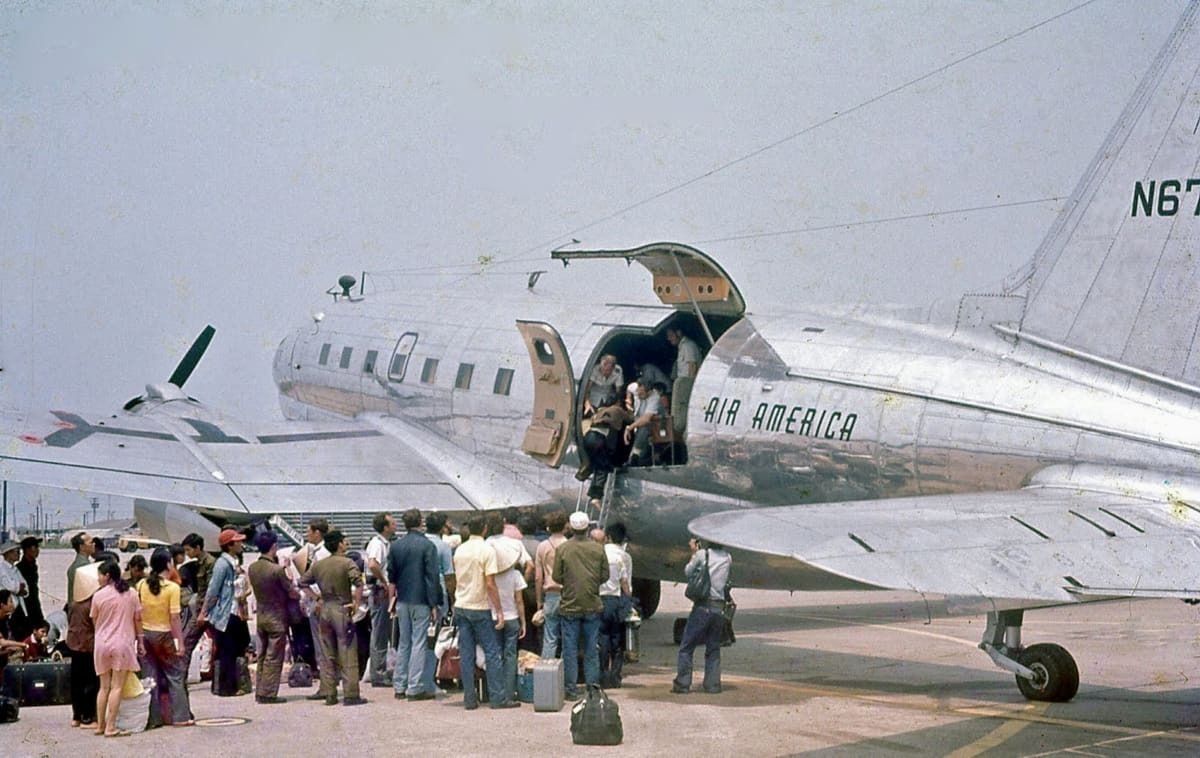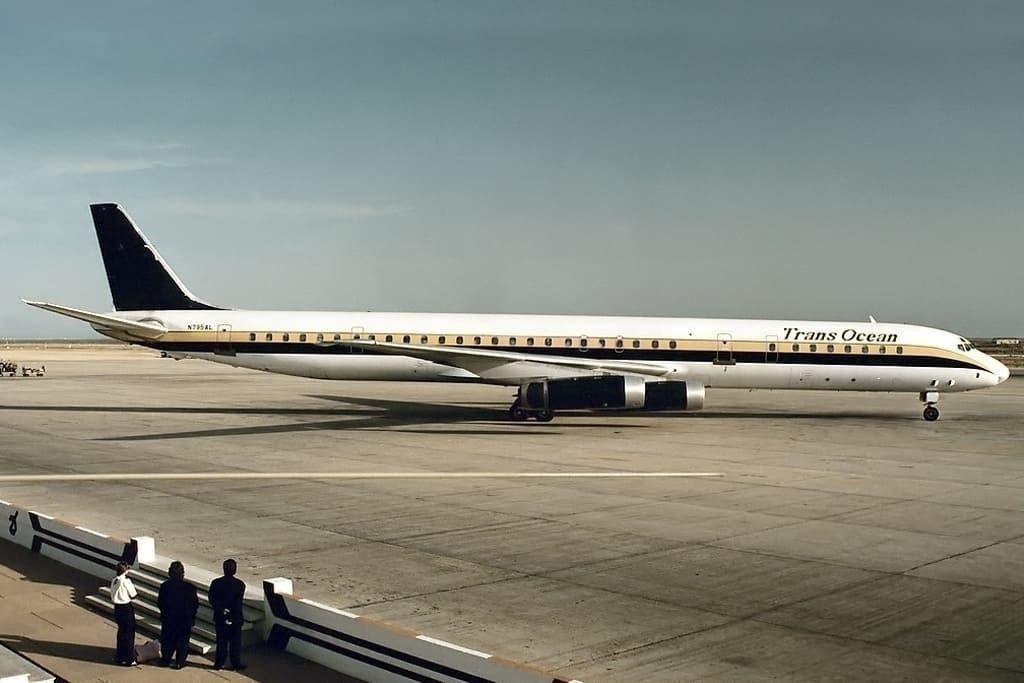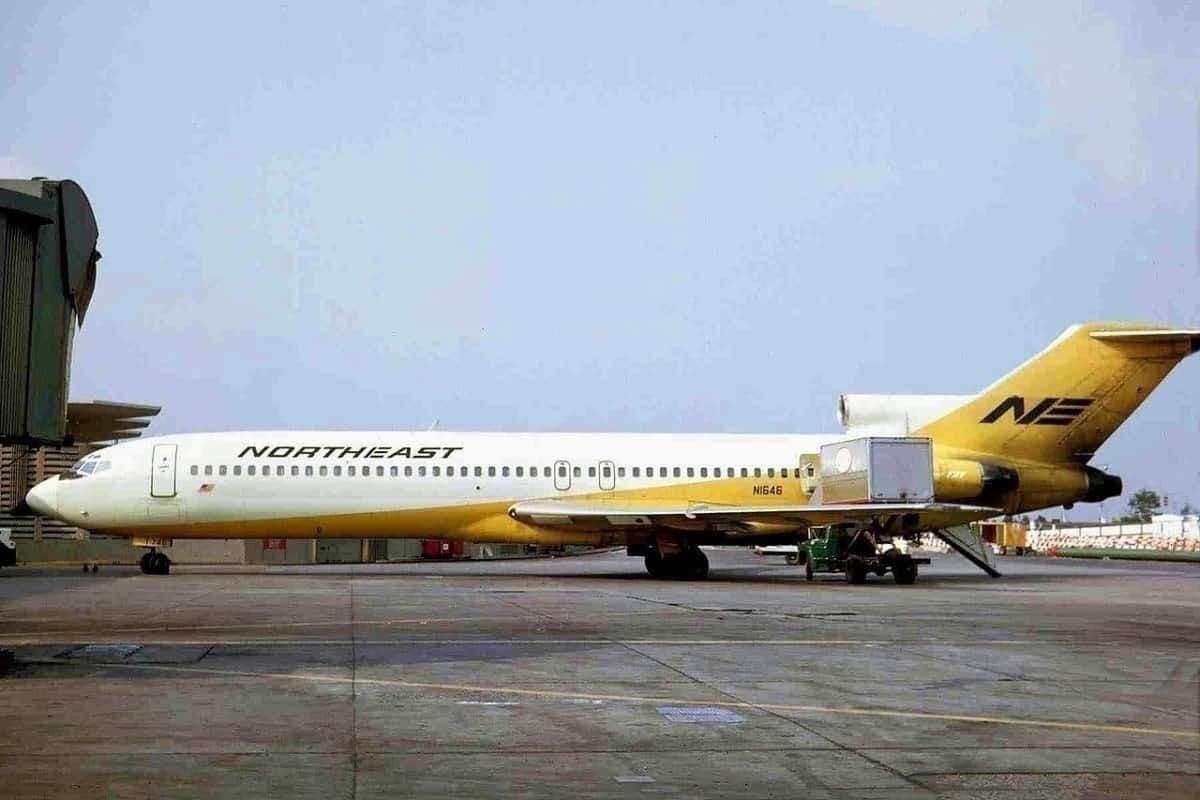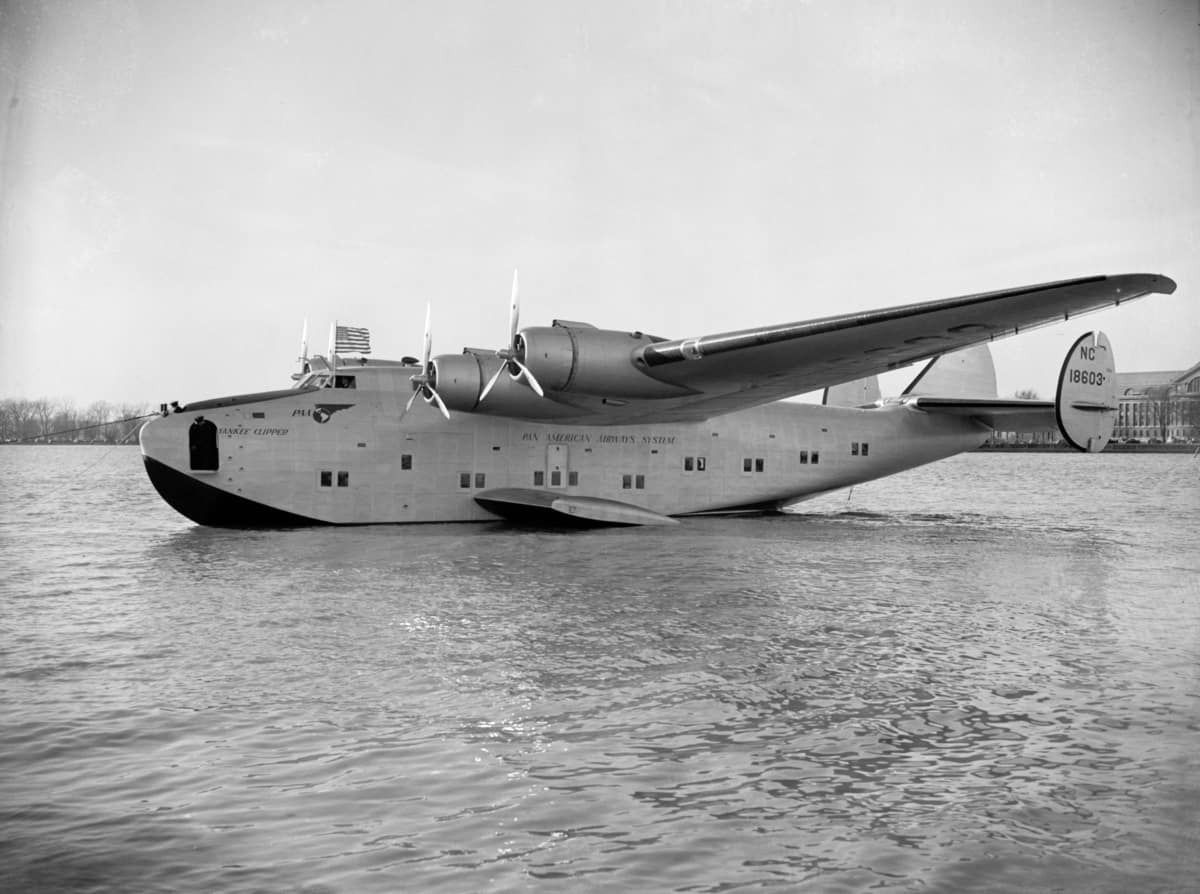When people think of American's failed airlines, they tend to focus on the big names - TWA, Pan Am, Eastern, and Continental. But there are hundreds of American airlines out there that have failed. We can't cover them all, but in this article, we look at five American airlines and why they failed. Some you would have heard of, others, maybe not.
Bricks in the mail and $60 tickets
One of the pioneers of commercial aviation in America was Florida Airways. It buzzed around the southeast of the United States in the 1920s. Its first paying passenger service was in 1926 when Florida Airways flew from Tampa to Jacksonville via Miami. A ticket on that flight cost $60. Nearly one hundred years later, you can probably find a Frontier flight for less.
Of course, $60 was an enormous amount of money in 1926. Florida Airways flew just 939 passengers in its first year of flights, using two Stout 2-ATs. The airline tried to underwrite its operations flying freight and mail. They picked up an airmail contract from the US Government, flying mail between Miami and Atlanta.
The story goes that Florida Airways beefed-up its government payments by parceling up bricks and mailing them back and forth. But even those dodgy dealings weren't enough to save Florida Airways. By 1927, the airline was insolvent. The two aircraft were sold to a company called Stout Air Services, which eventually became United Airlines.
The ill-fated CIA owned and operated airline
One well known and well-named failed airline was Air America. It was a passenger and cargo airline owned and operated by the CIA. The airline ran between 1946 and 1976 with the slogan "Anything, Anywhere, Anytime, Professionally." Although the airline purportedly operated as a passenger airline, its core business was running freight, personnel, and interference to countries the CIA had interests in.
That meant Air America's very mixed fleet of mostly turboprop aircraft spent a lot of time in southeast and north Asia. Air America's planes loitered around Vietnam, Laos, China, Cambodia, Taiwan, Burma, and Japan. It was Air America's involvement in the disastrous Vietnam War and rumored involvement in drug running into Laos that was its undoing.
The Civil Aviation Board canceled the airline's operating license in 1974, and the business ceased two years later. Most of Air America's assets went to Evergreen International Airlines.
Ten years later, Total Air bought the Air America name and launched Lockheed L-1011 Tristar flights between Baltimore, Detroit, London, Los Angeles, and Honolulu. These services were relatively shortlived, and the airline name hasn't been used since.
New Iberia's Gulf Air Transport
Readers with long memories may recall Gulf Air Transport. It was a charter airline that operated from 1979 to 1990 out of New Iberia, Louisiana. Ultimately, the airline went bankrupt, but in those eleven years, Gulf Air accumulated a mixed fleet of 20 plus aircraft, including a dozen Boeing 727s.
Gulf Air Transport got its start in 1979 by buying Music City's FAA operating certificate and their sole aircraft, a Convair 340. The fledgling airline initially focused on supporting the gas and oil industry. Eventually, as the airline added aircraft and operations expanded, Gulf Air started flying resource and gambling charters out to California.
In 1984, Gulf Air picked up its first jet from Pan Am. That allowed the airline to upscale its ambitions significantly. It began flying college and sports charters and developed a handy niche operating gambling junkets.
By the mid-1980s, Gulf Air Transport was flying internationally, including to Europe. It changed its name to TransOcean Airways to avoid confusion with Bahrain's Gulf Air. But this expansion, along with problematic new DC-8 jetliners and a general economic downturn in the mid-1980s saw the airline hit financial turbulence.
Gulf Air Transport / TransOcean Airways entered Chapter 11 bankruptcy protection in 1989 and ceased operations the following year.
This airline was a building block of the modern Delta Air Lines
Another airline that had a good run was Northeast Airlines. The Boston based airline flew between 1931 and 1972. Northeast began as a contract carrier for Pan Am, flying between Boston and Bangor via Portland. Initially, the small airline was called Boston Maine Airways. But it changed its name to Northeast Airlines in 1940 when WWII increased its financial fortunes, and the airline worked flying troops across the Atlantic for the US Army.
After the war, Northeast steadily moved into passenger operations and was an early mover into jet aircraft, flying a Boeing 707-331 between New York and Miami in 1959. In 1962, Howard Hughes got control of the airline, albeit only temporarily. Throughout the 1960s, Northeast aggressively expanded both its fleet and its destinations, flying as far afield as Canada, Bermuda, the Bahamas, and the US West Coast.
But these weren't prosperous times for Northeast Airlines. By the 1970s, the airline was in play and became entangled in the grand American cycle of airline mergers, takeovers, and consolidations. Northwest Airlines initially courted the airline but terminated its negotiations in 1971. A year later, Delta Air Lines came calling. In August 1972, Northeast Airlines was merged with Delta. It spelled the end of the Northeast Airlines brand.
The colossus of the skies that went broke
While this article has deliberately looked at some of the lesser-known airlines, it would be remiss not to include some of the big names in American flying. There were few bigger than Pan American World Airways, also known as Pan Am.
Pan Am flew between 1927 and 1991 and was one of the world's great airlines. In the same way that BA represents Britain and Lufthansa symbolizes Germany, Pan Am took America to the world and brought the world to America.
Like Florida Airways, Pan Am started flying mail and passengers around Florida. Unlike Florida Airways, Pan Am thrived. By WWII, Pan Am was operating Sikorsky S-38 flying boats, better known as the Clippers. These planes crossed both the Atlantic and the Pacific.
Pan Am had many firsts. The airline was the first to operate regular flights across the Atlantic, the first to run around the world flights, and was the launch customer for both the Boeing 707 and 747.
The airline took about 40 years to peak and around 20 years to decline. The 1973 oil crisis hit Pan Am hard, and a variety of ill-fated strategic decisions and competitive pressures saw the once-mighty airline begin to struggle.
In 1991, Pan Am went bankrupt, and a colossus of aviation flew its last flight from Barbados to Miami on December 4, 1991.
America was a nursery for commercial aviation. With experimentation comes failure. While few countries have as many failed airlines as America, few countries have contributed so much to aviation and had such success. Contemporary carriers like United and Delta are built on the back of many of these failed airlines. That's something to keep in mind next time you fly.
Stay informed: Sign up for our daily aviation news digest.

